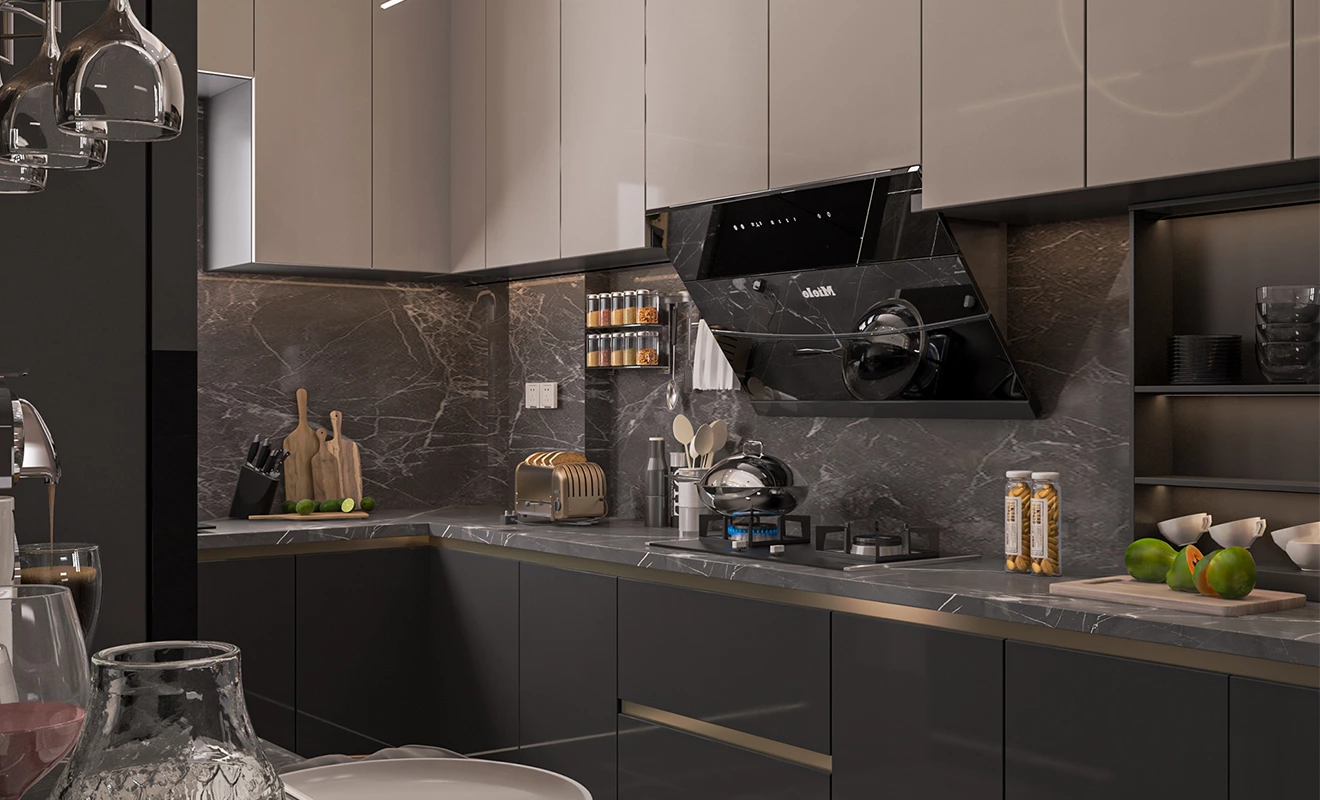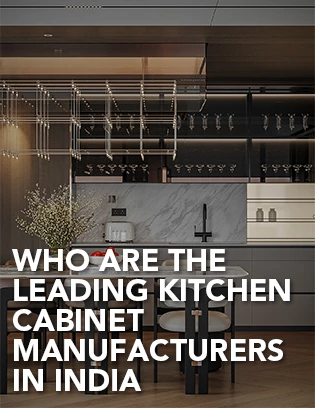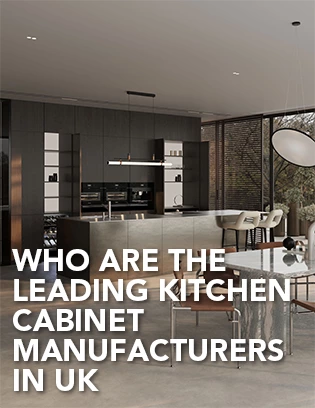Quartz vs. Sintered Stone Countertops: A Detailed Look at Two
Premium Materials for Cabinetry
Quartz or sintered stone—two heavyweight contenders in the countertop world. Both promise style, strength, and that wow factor every kitchen craves. But when it comes to performance, personality, and longevity, they’re more like cousins than twins. If you’re all about surfaces that can handle daily life without losing their cool, you’ll want to know how these materials stack up.
Quartz brings consistency and quiet confidence to the table—think steady, reliable, with just the right amount of shine. Sintered stone, on the other hand, is the rugged adventurer: tough, unflappable, and ready for whatever you throw at it—even direct sunlight or a sizzling pan.
Ready to see how these two go head-to-head? Let’s see what makes each one tick—and which one might just be your kitchen’s new best friend.
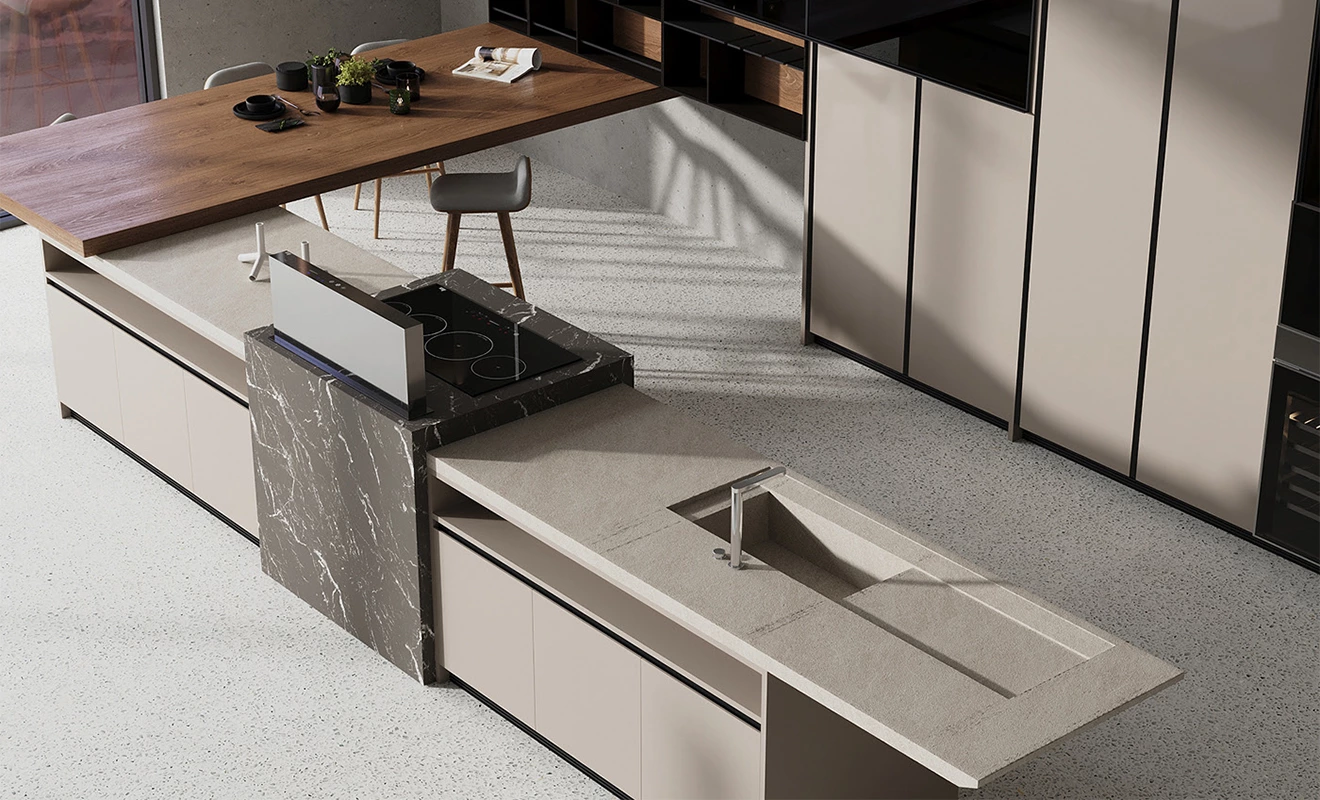
Quartz Countertops: Consistent Beauty with Reliable Performance
Quartz stands out as an engineered stone crafted by blending crushed natural quartz crystals with resins and pigments. This fusion creates a non-porous, durable surface that combines the timeless elegance of natural stone with the precision and consistency of modern manufacturing.
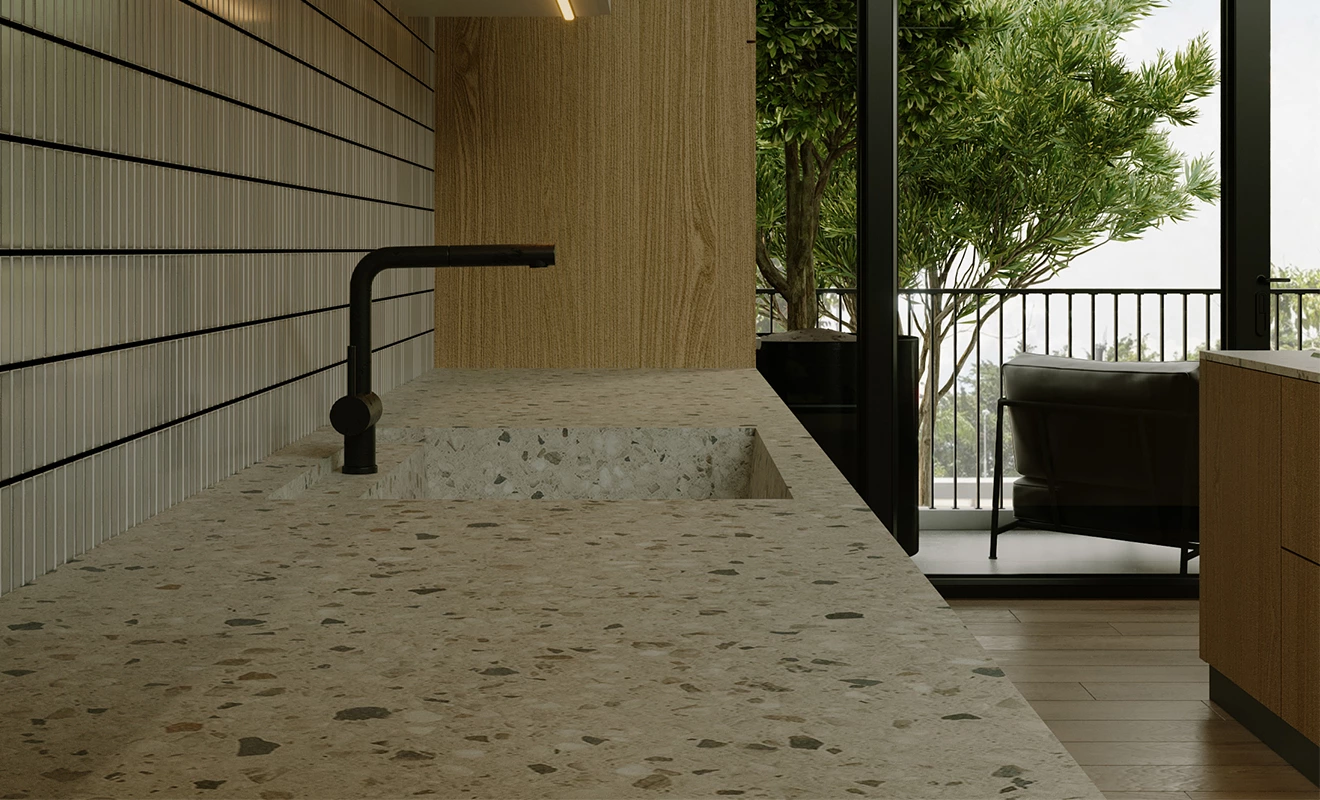
Pros of Quartz
Uniform Appearance: Color and pattern remain consistent from slab to slab, making it easier to match across large surfaces and adjoining rooms.
Low Maintenance: Its non-porous surface resists stains and requires no sealing, making cleanup as simple as a quick wipe.
Wide Range of Styles: Available in countless colors, from subtle neutrals to bold statement tones, as well as marble-look designs without the upkeep of natural marble.
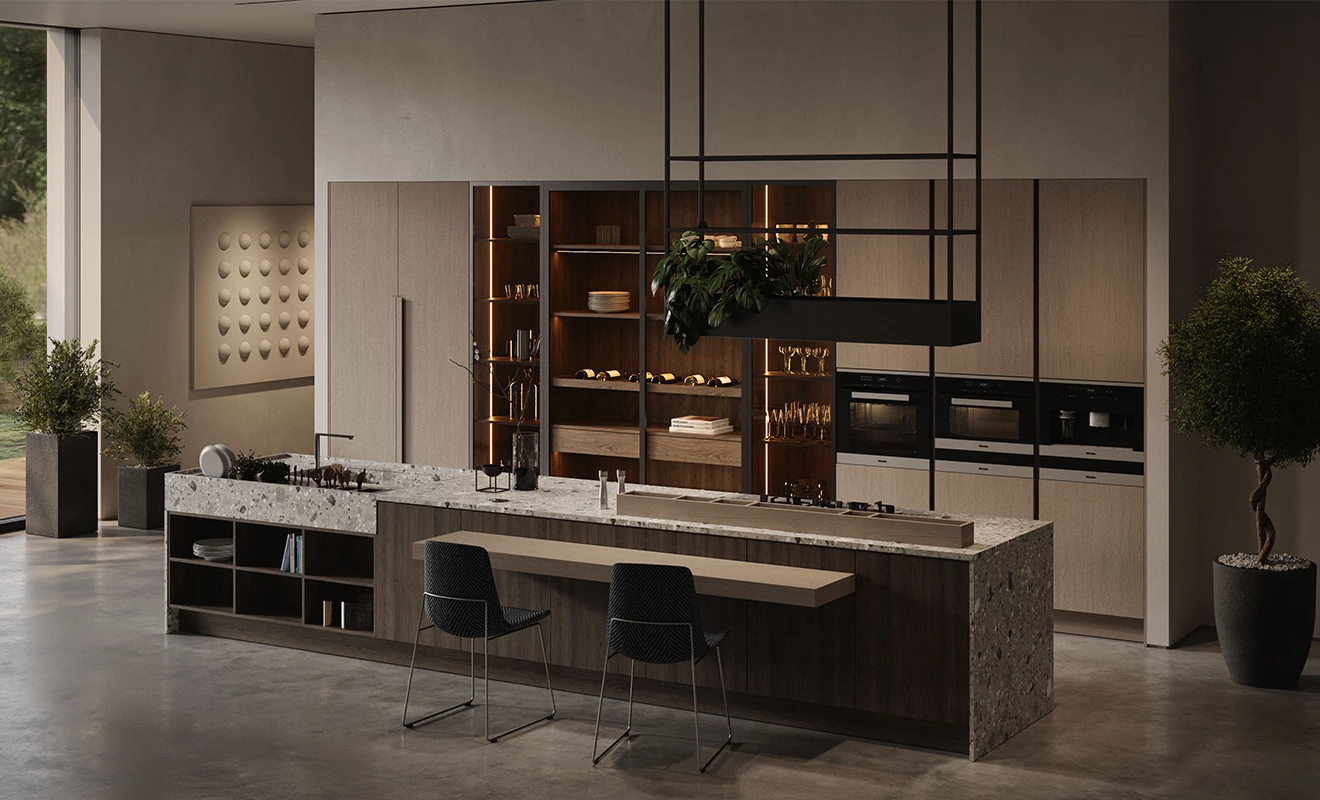
Cons of Quartz
Heat Sensitivity: Prolonged exposure to high heat can damage resin binders, so trivets are recommended for hot pots and pans.
Limited Outdoor Use: UV exposure can cause fading or discoloration, making it less suited for outdoor kitchens.
Less Natural Variation: For those who appreciate the unpredictable charm of natural stone, quartz may feel too uniform.
Sintered Stone Countertops: The High-Tech Contender
Sintered stone is created by subjecting a precise blend of minerals to extreme heat and pressure, a process that mimics the natural formation of stone but condenses it into a denser, more resilient surface. Brands like Dekton and Neolith have brought sintered stone into the spotlight for both indoor and outdoor applications.
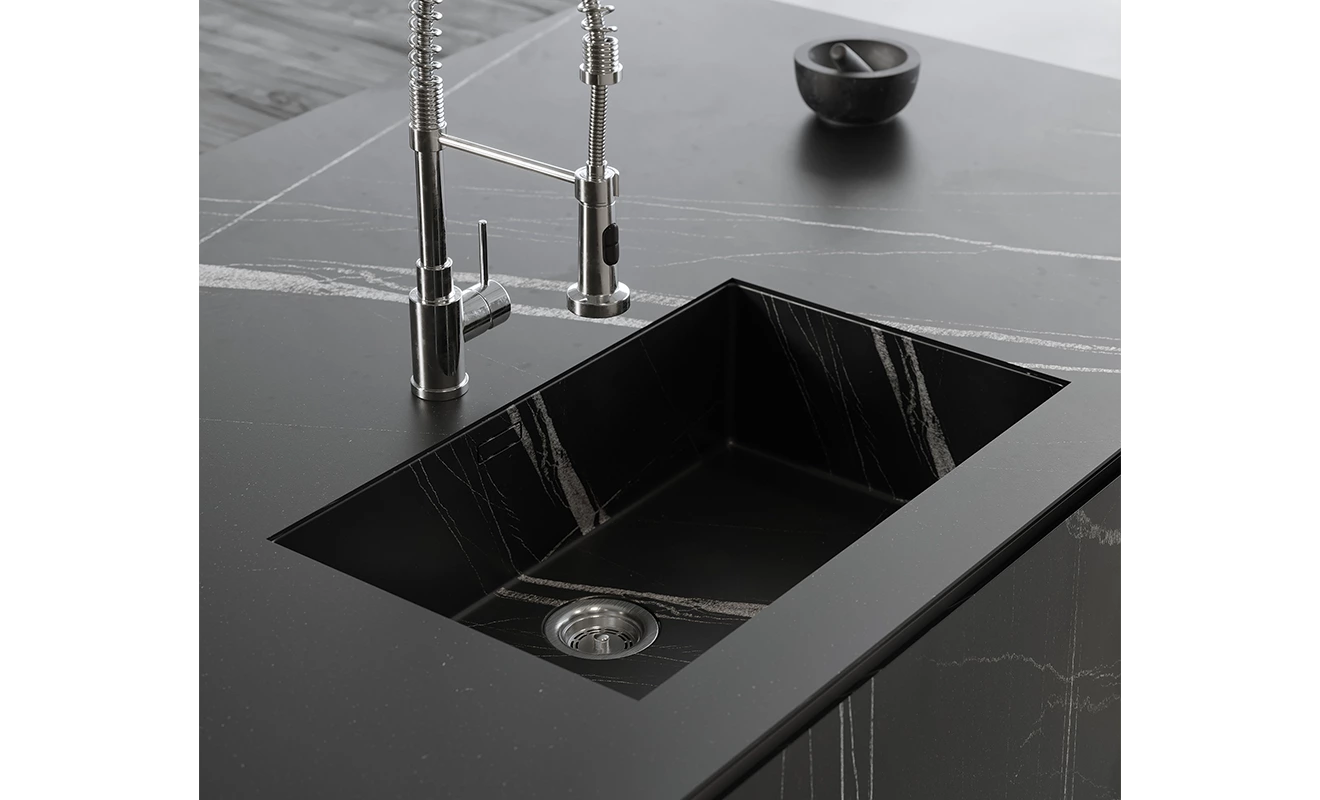
Pros of Sintered Stone
Exceptional Heat Resistance: Can handle hot cookware directly from the stove without scorching or cracking.
UV Stability: Maintains color and pattern even in direct sunlight, making it ideal for outdoor kitchens and sun-filled spaces.
Superior Durability: Highly resistant to scratches, stains, and chemical damage, even under heavy use.
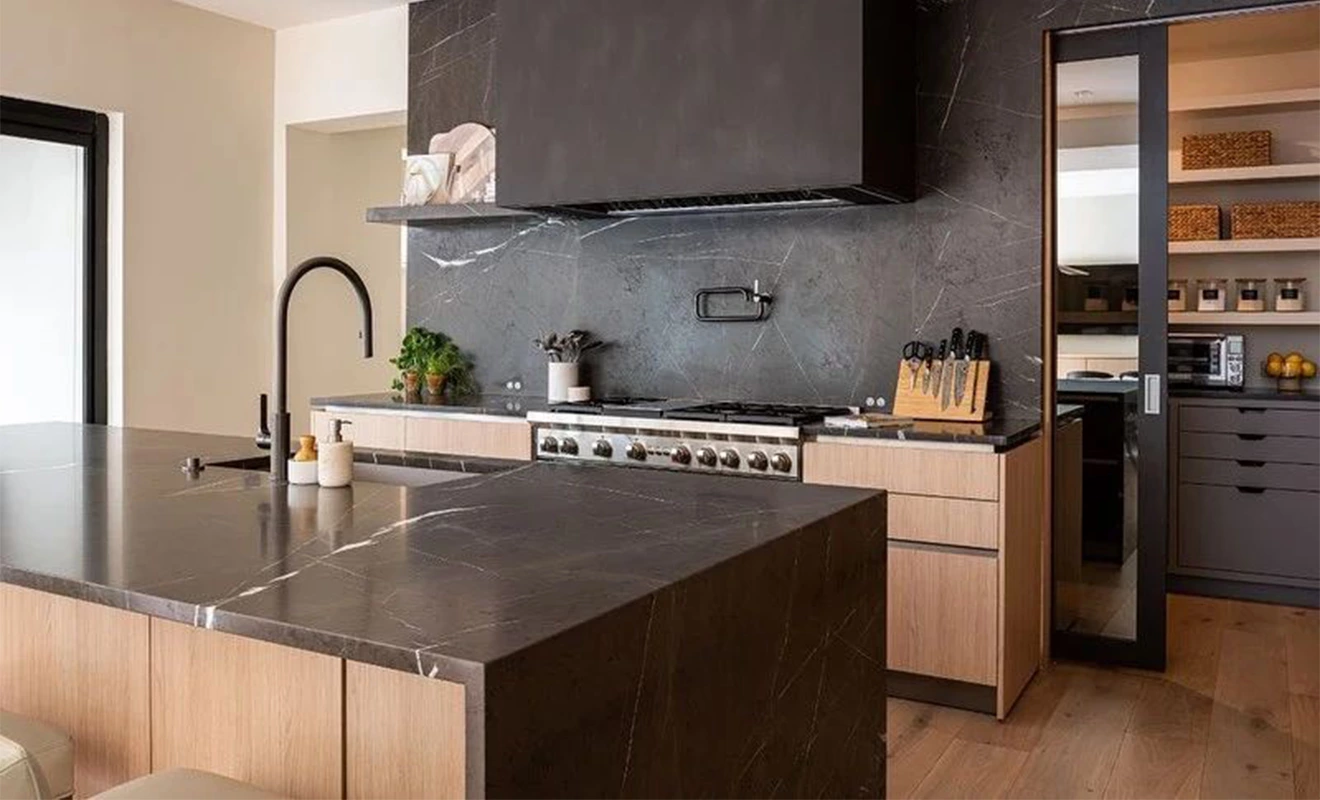
Cons of Sintered Stone
Installation Demands: Requires experienced fabricators due to its hardness and weight, which can increase installation costs.
Brittleness in Thin Profiles: While strong on the surface, thinner slabs can be vulnerable to edge chipping during handling.
Higher Price Point: The advanced manufacturing process and performance benefits are reflected in the cost.
How to Distinguish Quartz from Sintered Stone
At first glance, quartz and sintered stone can be visually similar, especially when mimicking marble or granite. A closer look—and a few tests—reveal their differences.
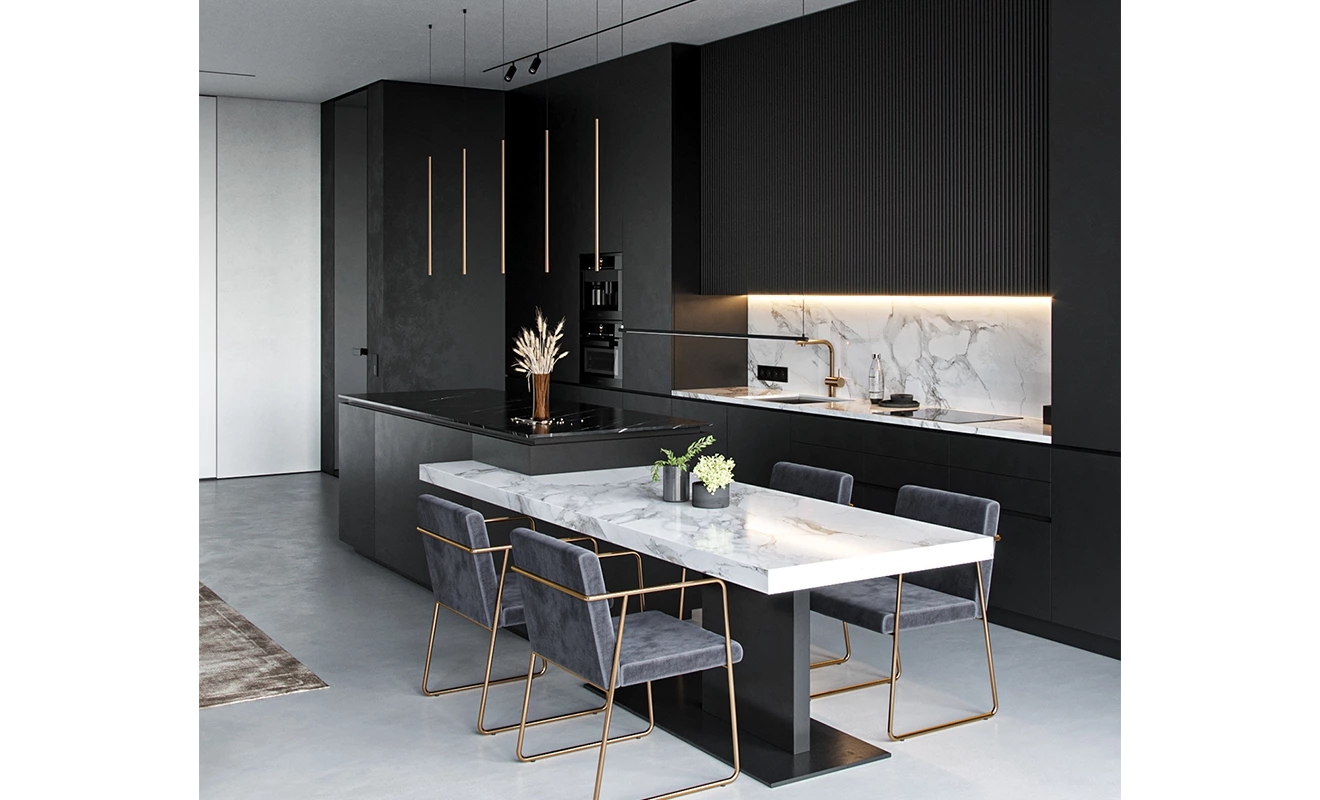
Look at the Patterning: Quartz often repeats a pattern in predictable intervals, a result of its manufacturing process. Sintered stone patterns can be continuous and more varied, especially in full-body designs where the veining runs through the material.
Check the Edge Profile: When cut, quartz reveals a consistent composite interior. Sintered stone may show slight variations in texture and color that run through its full thickness.
Test Heat Tolerance: With proper care, both surfaces resist daily kitchen heat, but only sintered stone can reliably withstand direct contact with very hot cookware.
Consider the Application Location: If the countertop will be exposed to full sunlight, sintered stone’s UV stability is a clear giveaway—and advantage.
Feature Comparison Table
| Feature | Quartz | Sintered Stone |
| Heat Resistance | moderate | excellent |
| Pattern Variation | consistent | natural-looking / varied |
| Scratch Resistance | high | Very high |
| Maintenance | very low | very low |
| Outdoor Suitability | limited | excellent |
| Price Range | moderate–high | high |
ALLURE Helps You Find the Right Fit for Your Kitchen
For homeowners seeking a refined, consistent look with minimal maintenance, quartz delivers a tried-and-true balance of elegance and practicality. It shines in indoor settings where UV exposure is minimal and a wide palette of colors or marble-like designs is desired.
Sintered stone, on the other hand, excels in demanding environments. Its resilience against heat, sunlight, and heavy use makes it a smart choice for both indoor and outdoor spaces, particularly in homes where the kitchen is as much a workspace as it is a showpiece.
Both materials offer enduring style and performance. The best choice depends on where and how the surface will be used, the visual character you prefer, and your budget priorities. In the right setting, either can serve as a lasting centerpiece—functional, beautiful, and tailored to the way you live.
